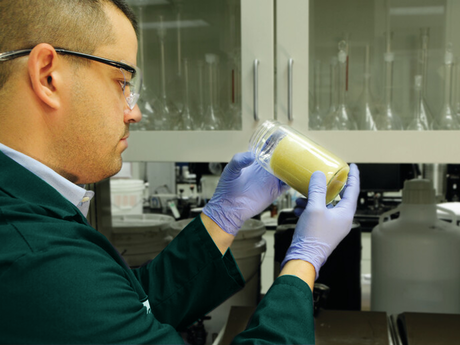Highlights
Highlights
Benefits
- Improve cleanup time in low-pressure wells and limit environmental impact with low water requirement
- Enable effective proppant transport and reduce fluid loss to the formation with low fluid viscosity
- Reduce risk of thermal shock damage to tubulars
Applications
- Hydraulic fracturing operations in low-pressure or water-sensitive reservoirs
- Hydraulic fracturing operations in areas with limited water use due to environmental regulations or availability
- Multistage hydraulic fracturing where mechanical diversion is inadequate to ensure treatment of the full length of each stage
Overview
Binary foam fracturing services from Baker Hughes optimize your hydraulic fracturing operations while lowering your water consumption.
Binary foam fracturing fluids combine nitrogen (N2) and carbon dioxide (CO2) for the gaseous internal phase, mixed with water-based fluids for the liquid external phase. These fluids are pumped at different ratios of gas content depending on your specific well conditions. The final result is an individually-tailored solution that combines the best advantages of straight CO2 or N2 foams.
The combined fluid systems create good viscosity, superior proppant transport, and excellent fluid loss control. They also reduce the risk of thermal shock damage to your tubulars and downhole equipment, lower the incidence of carbonic acid damage, reduce pipe friction pressure, and improve flowback. Additives can be used to provide higher viscosity, more stability, and better fluid loss control.
Binary foam fracturing fluids are compatible with a wide variety of common fracturing fluids, additives, and proppants—improving your application flexibility while reducing testing requirements.
Contact us to learn how our binary foam fracturing services can optimize your fracturing jobs with less water.


